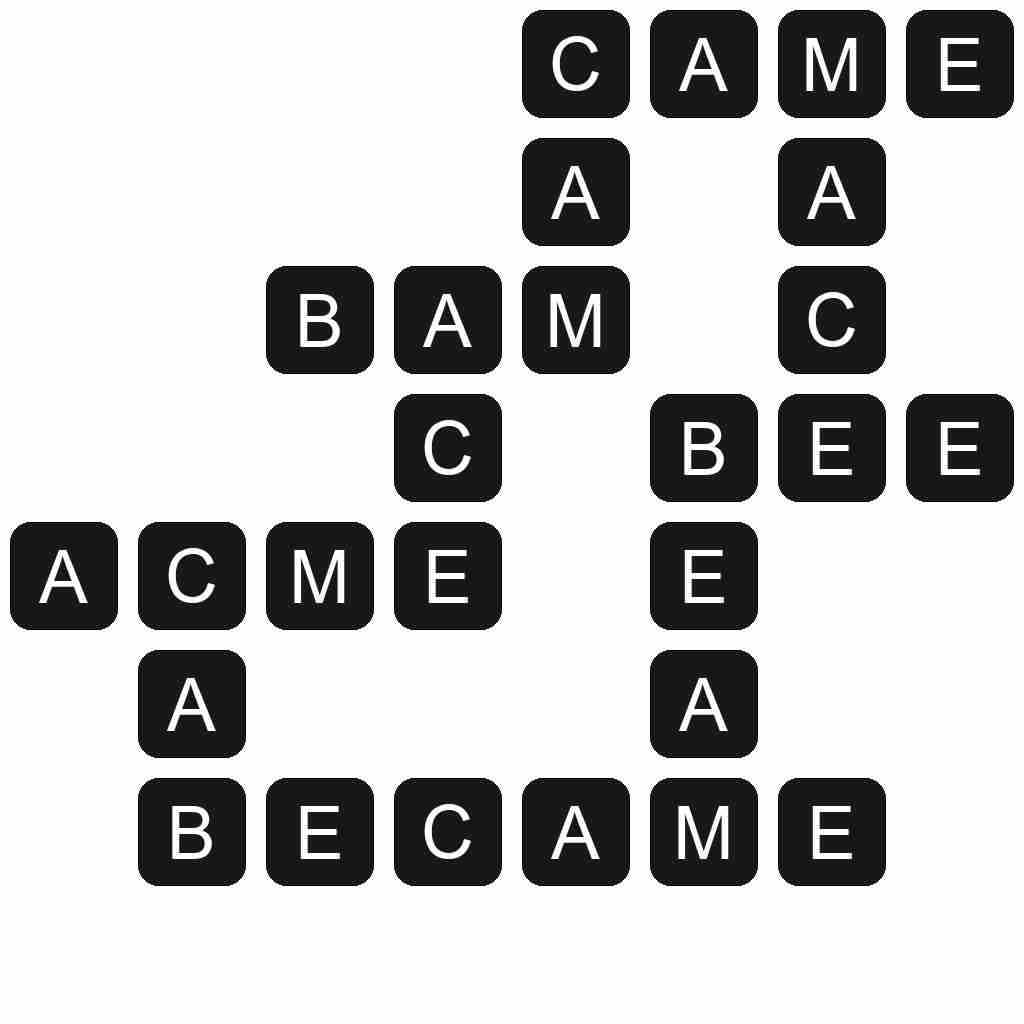

Its "mylists", which function similarly to lists of bookmarks, are limited to 25 per user. 2525 can be read as "ni-ko-ni-ko" ( ニコニコ) and refers to Niconico, a Japanese online video platform.The series celebrated its 24th anniversary in 2015. This numerical correspondence has been used and referenced ever since the series' debut, and has also been used in various teasers for some of the games. Car manufacturer Nissan frequently enters cars with the number 23 into motorsports events. 152 can be read as "hi-ko-ni", as for being part of the license plate of the Machine Itashar in Unofficial Sentai Akibaranger, to highlight it's unofficial (hikōnin) status.It can also mean "strawberry face", a term used to describe equipping the front end of a Nissan Silvia (S15) onto another S-chassis car. 15 can be read as "ichi-go" and is commonly used to refer to strawberries ("ichigo").59 can be read as "ten-go-ku" ( 天国), meaning " heaven" (an example being the song ".59" in Beatmania IIDX 2nd Style and Dance Dance Revolution 4thMix). It is traditionally a bad omen for a student to receive this candidate number for an exam. 893 can be read as "ya-ku-za" ( やくざ) or " Yakuza".801 can be read as "ya-o-i" or yaoi, a genre of homoerotic manga typically aimed at women.The Tokyo Skytree's height was intentionally set at 634 meters so it would sound like Musashi Province, an old name for the area in which the building stands. 428 can be read as "shi-bu-ya", referring to the Shibuya area of Tokyo.39 can be read as "san-kyū", referring to "thank you" in English.Restaurants and grocery stores have special offers on the 29th day of every month. 29 can be read as "ni-ku" ( 肉), meaning " meat".Public baths in Japan have reduced entry fees on the 26th day of every month. 26 can be read as "fu-ro" ( 風呂), meaning "bath".16 is also a common age for anime and manga protagonists. 16 can be read as "hi-ro", Hiro being a common Japanese given name.The alternative reading "i-shi-ku-ni" is not typically associated with a particular meaning, but is used to memorize the year.Ģ3564, the length of a sidereal day (23 hours, 56 minutes, 4 seconds), can be read as "ni-san-go-ro-shi", which sounds similar to "nii-san koroshi" ( 兄さん殺し) or in English, " killing one's older brother".ģ.14159265, the first nine digits of pi, can be read as "san-i-shi-i-ko-ku-ni-mu-kou" ( 産医師異国に向こう), meaning "an obstetrician faces towards a foreign country."Ĥ2.19, the length of a marathon course in kilometres, can be read as "shi-ni-i-ku" ( 死に行く), meaning "to go to die." Additionally, "i-yo-ku-ni" itself could simply be interpreted as "alright, country" ( いいよ、国). Variants of readings may be produced through consonant voicing (via a dakuten or handakuten) or gemination (via a sokuon), vowel lengthening (via a chōonpu), or the insertion of the nasal mora n ( ん).ġ492, the year of discovery of America, can be read as "i-yo-ku-ni" and appended with "ga mieta" to form the phrase "Alright! I can see land!" ( いいよ!国が見えた!).

Mnemonics are formed by selecting a suitable reading for a given number the tables below list the most common readings, though other readings are also possible.

Goroawase substitutions are well known as mnemonics, notably in the selection of memorable telephone numbers used by companies and the memorization of numbers such as years in the study of history. Often, readings are created by taking the standard reading and retaining only the first syllable (for example, roku becomes ro).

Numeric substitution Įvery digit has a set of possible phonetic values, due to the variety of valid Japanese kanji readings ( kun'yomi and on'yomi) and English-origin pronunciations for numbers in Japanese. More commonly, however, goroawase is used as a mnemonic technique, especially in the memorization of numbers such as dates in history, scientific constants and phone numbers. The new words can be used to express a superstition about certain letters or numbers. Goroawase ( 語呂合わせ, "phonetic matching") is an especially common form of Japanese wordplay, wherein homophonous words are associated with a given series of letters, numbers or symbols, in order to associate a new meaning with that series. The presence of multiple meanings within these words allowed poets to impart more meaning into fewer words. Kakekotoba ( 掛詞) or "pivot words" are an early form of Japanese wordplay used in waka poetry, wherein some words represent two homonyms.


 0 kommentar(er)
0 kommentar(er)
